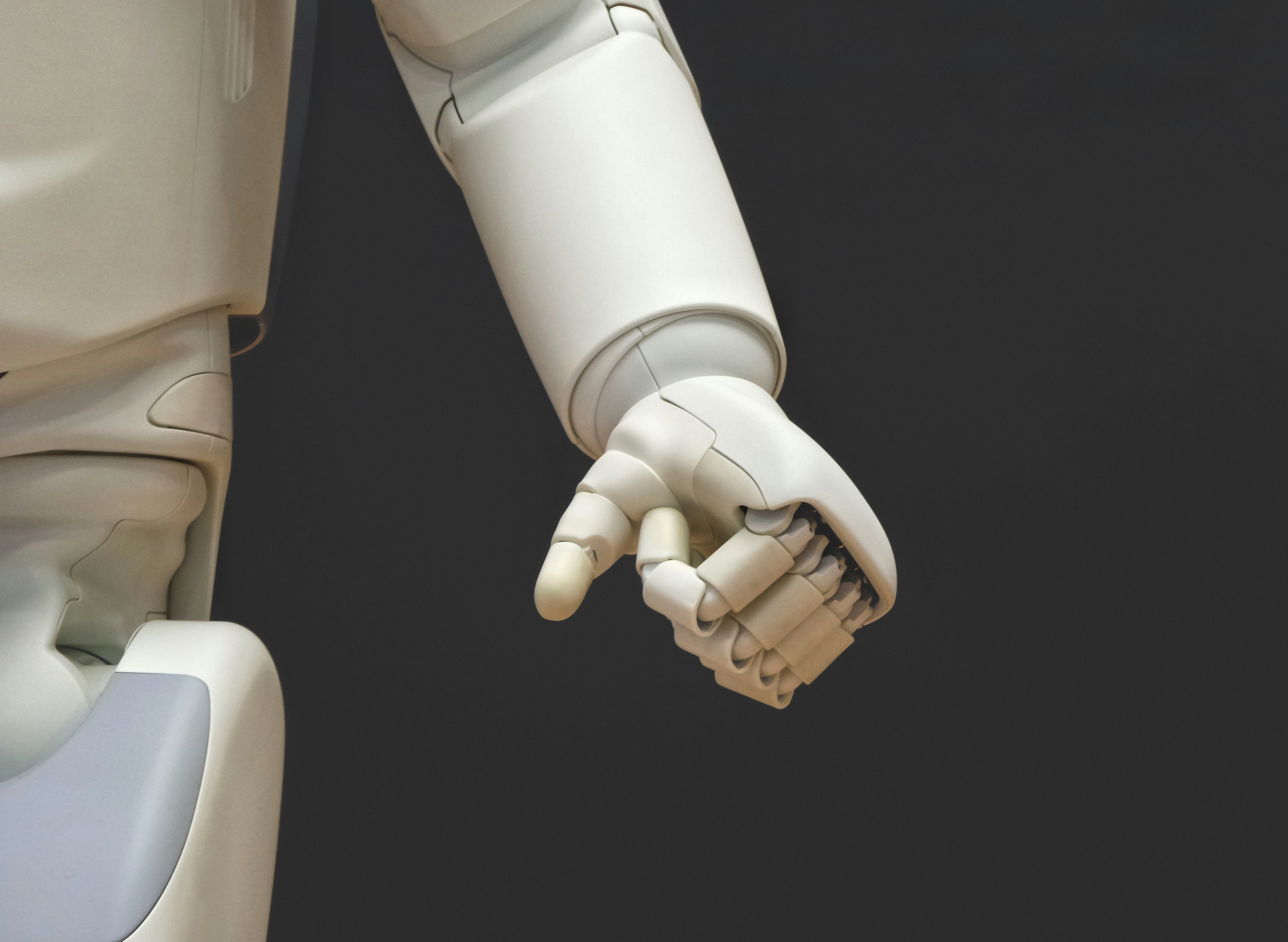Becoming the Trusted Resource for Leveraging AI and Consumer Robots at Home
August 25, 2024 | by joet99@gmail.com
 Photo by Tyler Casey on Unsplash
Photo by Tyler Casey on Unsplash Understanding the Evolution of Robot Capabilities
The landscape of consumer robotics has transformed significantly over the past few decades, driven by rigorous technological advancements in artificial intelligence (AI) and machine learning. Initially, robots were designed to perform simple, repetitive tasks, such as automated cleaning. Today, however, the capabilities of consumer robots have expanded remarkably, offering advanced features fueled by sophisticated AI algorithms.
In the early stages, consumer robots primarily served niche applications. For instance, early vacuum robots could navigate spaces autonomously but had limited functionality and adaptability. Today’s vacuum robots, on the other hand, are equipped with advanced mapping and navigation capabilities, using LIDAR and machine vision to create detailed maps of home environments, optimize cleaning paths, and even empty their dustbins autonomously.
Personal assistant robots, another pivotal innovation, signify the rapid progression in robotics. Enabled by AI, these robots can interact with users through voice recognition, providing services ranging from scheduling appointments and controlling smart home devices to offering companionship and assistance for the elderly or individuals with disabilities. Popular examples include smart speakers like Amazon Echo and Google Home, which integrate seamlessly with other smart devices, creating a cohesive and intelligent home ecosystem.
Moreover, humanoid robots represent one of the more futuristic advancements in consumer robotics. These robots are designed to emulate human behaviors and gestures, thanks to sophisticated AI models and sensors. Humanoid robots like SoftBank’s Pepper and Boston Dynamics’ Atlas can engage in more complex interactions, offering educational, emotional, and even social benefits to users.
The evolution of these technologies underscores the pivotal role of AI and machine learning in enhancing robot functionalities. Machine learning allows robots to learn from their environments and experiences, improving their efficiency and adaptability over time. For instance, vacuum robots can recognize common obstacles and adjust their paths accordingly, while personal assistants can learn user preferences to provide more customized experiences.
The tangible benefits of these advancements are substantial. Increased efficiency in household chores, greater convenience in daily life, enhanced safety through constant home monitoring, and improved quality of life for those requiring assistance are just a few examples. As AI and robotics continue to evolve, their integration into home environments will undoubtedly become more seamless, profoundly transforming home life as we know it.
“`html
Living with and Collaborating with Humanoid Robots
Humanoid robots are becoming increasingly integrated into the fabric of everyday life, transforming how households function and interact. Living with these intelligent machines requires a thoughtful approach to adapt to their presence and forge meaningful connections. One of the first psychological hurdles in embracing humanoid robots involves understanding and acclimating to their behaviors and responses. These interactions can often be perceived as foreign, necessitating a period of adjustment for individuals to feel at ease with their automated counterparts.
Effective collaboration with humanoid robots hinges on clear communication and well-defined boundaries. Much like human relationships, it is crucial to manage expectations and set realistic goals for what these robots can achieve. Establishing routines and protocols for interaction ensures that both parties—humans and robots alike—understand their roles within the household. For instance, in caregiving scenarios, a humanoid robot might be programmed to assist with medication reminders, mobility support, or companionship, enhancing the quality of care while allowing family members to focus on other essential activities.
When it comes to household chores, robots can significantly alleviate the burden of repetitive tasks such as cleaning, organizing, and managing logistics. Practical tips for integrating these robots include assigning specific tasks, using scheduling features for optimal efficiency, and frequently updating their software to improve functionality. By incorporating AI-driven machines into daily routines, households can boost overall productivity and streamline operations.
Moreover, the companionship offered by humanoid robots can provide emotional support, particularly for individuals living alone or those needing social interaction. These robots can engage in simple conversations, play games, or even assist in monitoring mental health indicators. By fostering a relationship built on mutual understanding and respect, humans can benefit from the emotional support and consistency that these robots offer.
In sum, the successful integration of humanoid robots into home life can yield numerous benefits, including enhanced productivity, emotional support, and the liberty to prioritize more meaningful pursuits. By approaching this technological advancement with a balanced strategy, households can create harmonious environments where humans and robots coexist and collaborate effectively.
“`
RELATED POSTS
View all


